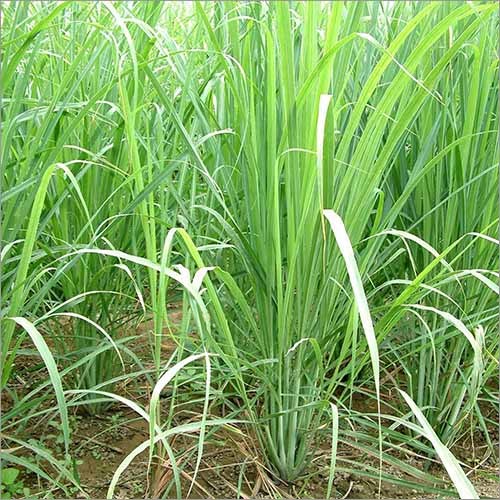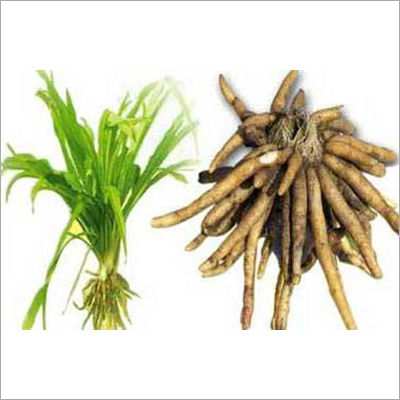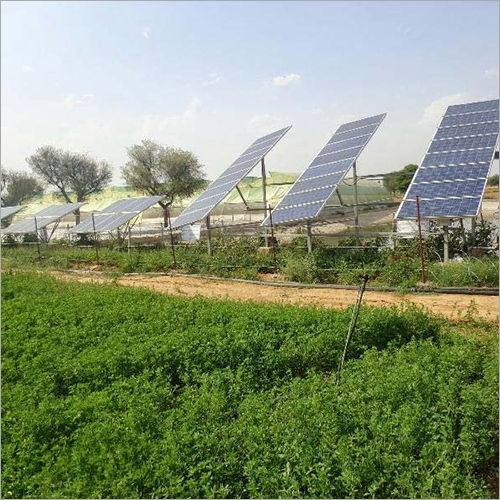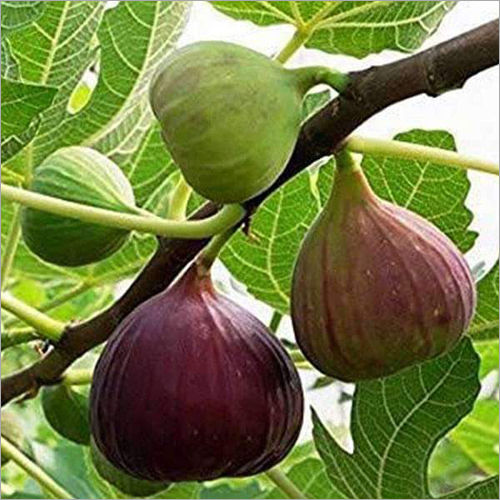Lemon Grass

Lemon Grass Price And Quantity
- 2.00 - 6.00 INR/Plant
- 15-20000 Piece
Lemon Grass Trade Information
- 1000000 Piece Per Month
- 10 Days
- All India
Product Description
Lemon grass also called Cochin Grass or Malabar Grass is native to India and tropical Asia. It is grown and found in different parts of India and is used in perfumes business and also for medicinal purposes. Lemon is also used as a pesticide and preservative. Research shows that lemon grass has anti-fungal properties. Because of Lemon Grass wide spread use in different industries, Indian farmers have started cultivating it in huge amount. In the coming years, you can surmise that farmers involved in Pharmaceutical and Perfumes industry, Lemon Grass plantation will be preferred because of its widespread demand.
1. Lemon Grass Oil Uses:
This form of Lemon Grass is the most popular and beneficial way to use in Industries. The oil is extracted from the leaves and stem of lemon grass plant. Lemon Grass oil is used in the making of soaps, and also in perfumes, scents, attar and incense sticks (agarbatti). Lemon Grass oil is also used as medicinal herbs.
2. Lemon Grass Leaves Uses:
Dry Lemon grass leaves are widely used in Herbal tea, Lemon tea and various other types and varieties of Herbal tea. Herbal Tea producing companies use Lemon Grass leaves in great quantity. In India, Lemon grass leaves (especially grown in Madhya Pradesh) are exported to major Herbal Tea Companies based in England and France. Apart from the above mentioned uses, Lemon Grass oil has various other uses. It is used in Kadaa (Concentrated liquid) to recover from illness. Lemon grass oil gives a cooling effect which is extremely helpful in curing cold and other respiratory problems. When combined with Black Pepper in the form of Concentrated liquid (Kadaa) it helps in kidney related diseases. It is also used for reliving muscles pains and joint pain.
Preparing the soil/ Tillage
Once it is cultivated, it can be yielded for the next 5years. The soil has to be ploughed well, so that it is aerated enough. Labour intensives & capital intensives ways of ploughing can be use.
Manure/ Pesticides/ Fertilizers
Cow dung Manure or Composite Manure should be used in good amounts for Lemon Grass cultivation. While tilling/ preparing the soil for cultivation itself you should use the manure. Manure should be used 5 times in a year and spread around the roots of the plant for best results. On an average, use 10 tons per acre of Manure for Lemon Grass plantation.
As far as chemical fertilizers are concerned, on an average you can use 60 quintals Nitrogen, 16 Quintals Phosphorous and 16 quintal Potassium. 1/3 portion of this mixture of Chemical fertilizers should be used while tilling/ preparing the soil and the remaining at the time of mowing.
Seeding / Irrigation Process:
If there isnt any water problem, then Lemon Grass seeds can be sowed anytime throughout the year.
Plantation Process
Use a small spade to dig about 5-6 centimeters deep and then plant the Lemon Grass sapling. If the hole is dug deep then there is possibility of the roots to rot. Before planting, make sure you remove dry leaves and waste roots from the sapling.. Put the sapling straight in to the hole. After planting cover the plant with mud and press it well and also water the plant or field after planting other sapling. Make sure there in no watering logging in the field or around the sapling. There has to be minimum difference of at least 30-45 centimeters between each sapling. For good yield makes you have a distance of at least, 40 by 40 centimeters between each sapling.
Irrigation Process
Once if the irrigation is done properly, then lemon grass doesnt require too much watering. But you have to make the soil has to have moisture content in it. During summer, irrigation/ watering should be done within 10 days and 15days in winter. This is result in best result of the plant.
HARVESTING
Within the first 180days of plantation, the plant is ready for harvesting. Cut the plant 10-15cms from the ground level. The plant re-grows after the first harvest. Infect within 90-120 days it is ready the harvest. Like this, after every 90-120days from harvest the plant is ready for harvesting. Therefore, you at least get 2-3 harvests a year from Lemon grass plants. If the land is not very fertile and there is water shortage, even then you get 2harvest from this plant.
EXPENDITURE
| Distance (in acre) | Sapling (in land) | Cost (per plant) | Total | Fertilizer | Cost of cultivation |
|---|---|---|---|---|---|
| 1*2 ft | 20,000 | 3 Rs./- | 3*20000 = 60,000 /- | 20,000 /- | 80,000 /- |
| Total Expenses = 80,000/ |
Income
| Only for oil | Only for leaf | |||||
| Income of year | Oil (in year) | Company buy-back (per lit) | Total | Dry leaves (in kg) | Company buy-back (per kg) | Total |
|---|---|---|---|---|---|---|
| Year 1st | 120 liter | 800 Rs. /- | 120*800=96,000 | 1500 kg | 25 Rs. /- | 1500*25=37500/- |
| Year 2nd | 120 liter | 800 Rs. /- | 120*800=96,000 | 1500 kg | 25 Rs. /- | 1500*25=37500/- |
| Year 3rd | 120 liter | 800 Rs. /- | 120*800=96,000 | 1500 kg | 25 Rs. /- | 1500*25=37500/- |
| Year 4th | 120 liter | 800 Rs. /- | 120*800=96,000 | 1500 kg | 25 Rs. /- | 1500*25=37500/- |
| Year 5th | 120 liter | 800 Rs. /- | 120*800=96,000 | 1500 kg | 25 Rs. /- | 1500*25=37500/- |
| Total 5 years income =4,80,000 | Total 5 years income = 1,87,500 | |||||
SERVICES
- This includes Supervision, consultancy, guidance, Transportation cost first year.
- This expenditure is an one-time expenditure and the yield is for the next 5yrs.
- Lemon Grass growing first harvesting practical training.
- Minimum 10 acre required for Lemon grass Cultivation and Distillation unit must for Lemon grass cultivation.
- In the first year of planting Lemon Grass you get about 120 liters of Lemon Grass Oil.
- Buy back of Agreement of Lemon Grass.
TERMS AND CONDITIONS OF COMPANY
- For 1 Acre plantation the cost of Plants is Rs. 60,000/-, out of which 50% i.e. Rs.30,000/- has to be paid before the cultivation and the remaining half after the planting is done.
- The Buy Back Agreement Stamp paper of Rs.100/- has to be stamped by District Court of your area.
- For 10 Acre or more yield the buy Back Agreement Stamp Paper will be of Rs.500/-.





